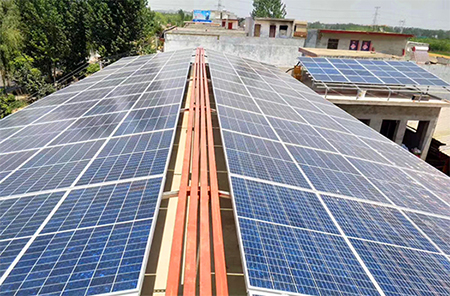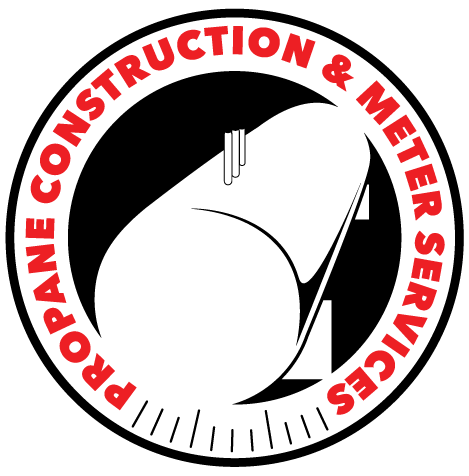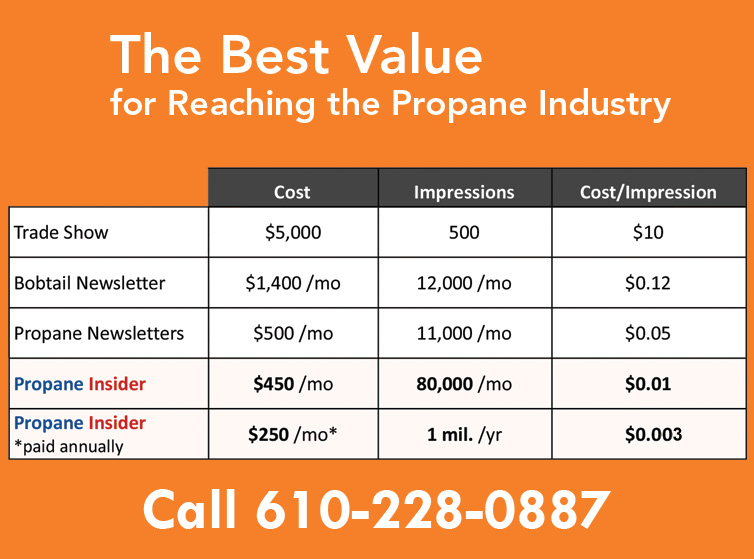Propane’s Place in Green Building Innovations

Enhancing Sustainability Through Efficient Fuel Choices
As the push for sustainable and energy-efficient buildings gains momentum, propane emerges as a critical player in the green building sector. Its versatility, efficiency, and lower environmental impact make it an attractive option for architects and builders dedicated to creating eco-friendly structures. Let’s explore the integral role of propane in energy-efficient building designs as well as its benefits and applications in modern construction practices.
Energy Efficiency and Performance
High-Efficiency Heating: Propane furnaces offer superior efficiency to electric models, providing warmer air at a lower operational cost. Their high Energy Star ratings make them ideal for energy-efficient building designs.
Versatile Application: Beyond heating, propane can power water heaters, stoves, fireplaces, and dryers, offering a comprehensive solution for buildings with higher energy efficiency and reduced carbon footprints.
Environmental Benefits
Reduced Emissions: Propane burns cleaner than other fossil fuels, emitting fewer greenhouse gases and pollutants. This aligns with the goals of green building certifications such as LEED (Leadership in Energy and Environmental Design), contributing to better indoor and outdoor air quality.
Sustainable Source: With bio-propane and renewable propane production advancements, propane is becoming a more sustainable energy source, further enhancing its role in eco-friendly construction.
Flexibility and Reliability
Off-Grid Capability: Propane’s portability and storability make it an excellent energy source for off-grid projects or areas where electric grid reliability is a concern. This flexibility enables builders to design and construct remotely without compromising energy efficiency.
Hybrid Energy Systems: In hybrid systems, propane can complement renewable energy sources such as solar or wind by providing a reliable backup, ensuring a consistent energy supply regardless of weather conditions or time of day.
Cost-Effectiveness
Lower Installation Costs: Propane heating systems often have lower initial installation costs than electric heat pumps, especially in colder climates where high-capacity heat pumps or supplemental heating is necessary.
Economic Efficiency: The operational efficiency of propane appliances translates to lower energy bills, making propane an economically appealing option for both builders and occupants aiming for energy-efficient living.
Implementation Strategies
Innovative Design Integration: Architects and builders can integrate propane systems into building designs, planning for optimal energy use, storage solutions, and aesthetic integration.
Education and Advocacy: Engaging with clients and stakeholders about the benefits of propane in green building projects can encourage broader acceptance and adoption of propane-based systems in construction projects.
Challenges and Solutions
Regulatory Landscape: Navigating building codes and regulations that favor electrification requires staying informed and advocating for propane as a clean energy option in green building standards.
Sustainability Perception: Addressing misconceptions about propane’s environmental impact through education and promoting advancements in renewable propane production can enhance its acceptance in sustainable building practices.
A Bright Future in Green Construction
Propane’s role in energy-efficient building designs is both promising and evolving. As part of a holistic approach to sustainable construction, propane offers a blend of efficiency, environmental benefits, and flexibility that aligns with the principles of green building. By harnessing the advantages of propane, architects, builders, and developers can contribute to creating energy-efficient, sustainable, and comfortable living and working spaces, paving the way for a greener future in the construction industry.
















